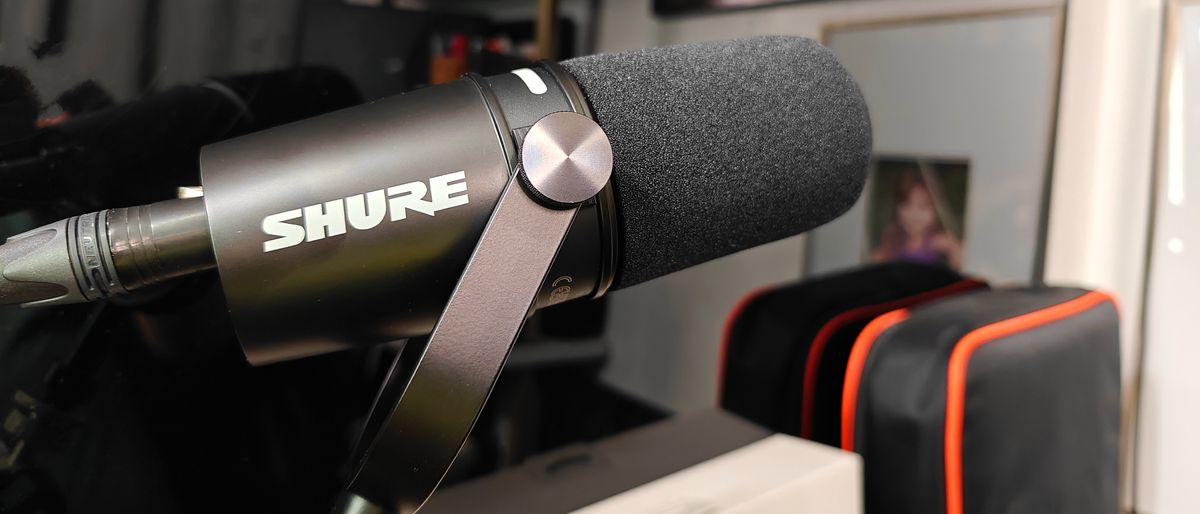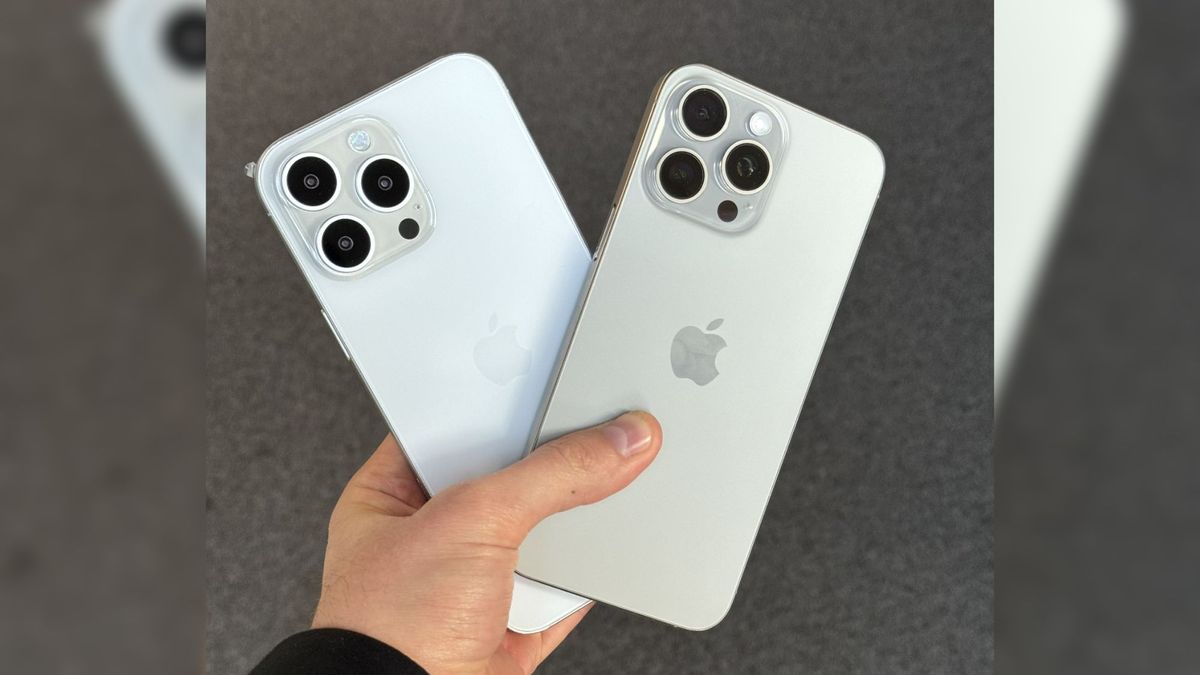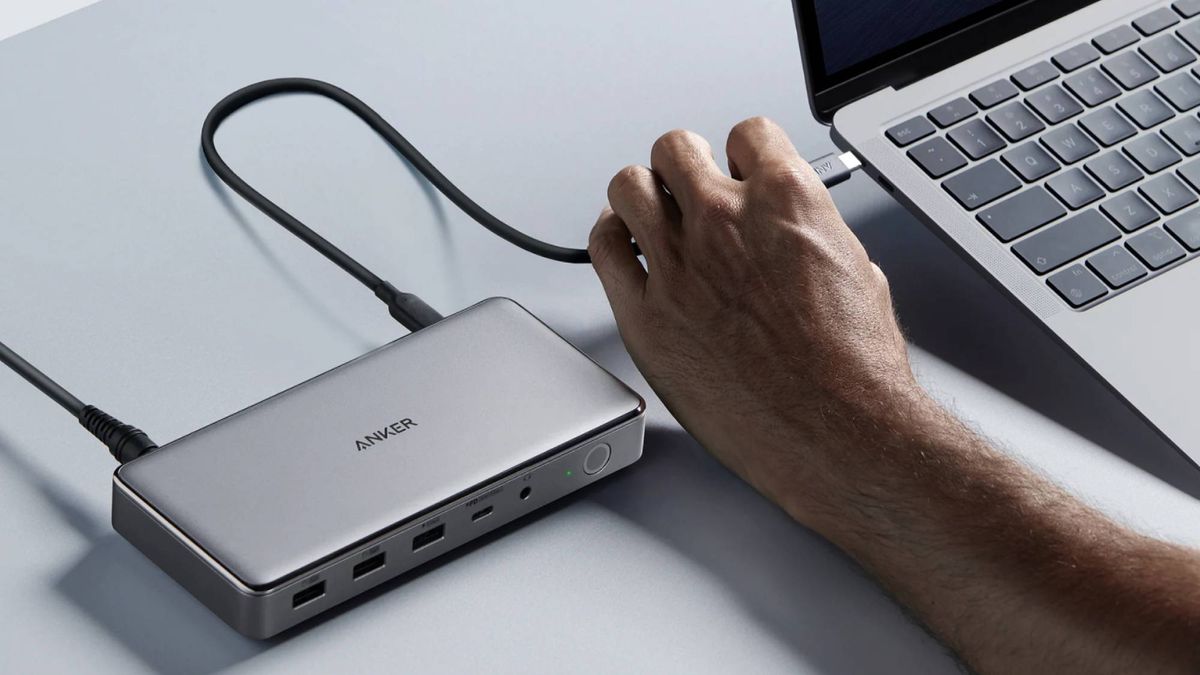
In 2022 and 2023, the Italian photojournalist Ciro Battiloro spent a number of weeks in rugged Normandy. He wanted to document the daily lives of fishermen there – a guild that fights for survival in general every day. In addition to the impressive imagery he returned with from his visits, he acquired an amazing insight: spirituality and handicraft are knotted together like a fishing net. He spoke with us about intimacy whilst taking pictures, rhythmic rituals, a traditional handicraft, and unfavourable weather conditions.
Your photography seems to place you in the classical humanistic tradition.
I have a very intimate approach. My photos are meant to be silent and honest. Before each picture there are people with their lives; and I like to take part in them. To do this requires a lot of time, delicacy and empathy. Intimacy is something extraordinary; it reveals the uniqueness of every human life. Intimacy seen as closeness, proximity, is a form of silent and discreet resistance. It is the shelter from the passing of time, from existential crises and from all the disaggregating factors that contemporary society imposes on us.
How did you come up with the idea for this project, Le Petit Souffle?
I was selected for an artistic residency through the Tremplin Jeunes talent of Planches Contact Festival in Deauville. The great thing of the festival is that it exhibits all unpublished works produced in the region. I studied the history of the region a bit, and read that many of the villages that are now tourist destinations were once fishing villages. I discovered that there are still fishermen today who carry on artisanal fishing, and I was interested in doing a project about the working class, and to talk about something that was at the heart of the identity of those places.
What does the title of the series, Le Petit Souffle, refer to?
Many fishing boats are named after the fishermen’s daughters, accompanied by the adjective petit (little), while souffle refers to the blowing of the wind that gives rhythm to all the fishermen’s actions.
How did you connect with the people and the fishermen, and how did you get access to the boats?
Every day I went to the port of Trouville when the fishing boats were leaving or returning from the sea. At the beginning, friends from the festival helped me a little with the language. I started to photograph these moments and the fishermen began to get to know me. But the project fully developed when I was in Honfleur.
Please tell us about your encounters.
I met fishermen there who accepted to take me out to sea with them. In particular, I spent a lot of time with the crew of the fishing boat le Petit Maylise. I met Benoit first. It was a Friday morning, the day dedicated to repairing the boat and nets after days at sea. I saw this solitary silhouette from afar, bent over the nets, bathed in the soft light of a rare sunny day in Normandy. This scene had something extremely spiritual. So I introduced myself to him and immediately had a great feeling of connection. Then I met the other crew members, the Captain Jean Philippe, Aurielen and young Mathis and Dylan. After passing this first challenge, other boats welcomed me on board.
What impressed you most whilst documenting the fishermen and their daily life?
Photographing life aboard fishermen’s vessels in Normandy, I came to understand how much fishing, like few other human activities, manages to combine the spiritual and manual aspect of work. Every one of the fishermen’s gestures moves to the rhythm of the blowing wind and has a very specific meaning.
Please explain what the gestures mean.
The strength of their actions creates an ancestral ritual. Sometimes it is a ritual of a hard, tiring but honest struggle; other times it is a ritual of contemplation that is still capable of speaking to nature with respect. The deep abysses preserve treasures and hide tragedies: the sea can give you so much but also deprive you of everything. Another very interesting aspect is how the fishermen’s daily lives are defined by constant separations and reunions. I would like to dedicate this project of mine to the memory of Thierry, Akim et Allan. They were three young fishermen who lost their lives during a shipwreck on the night of February 3 to 4, off le Havre.
Please tell us about the weather conditions at sea off Normandy, and how your cameras coped with this?
In Normandy they say that you have all four seasons in one day, and it’s true that weather conditions change very quickly. Usually the sky is closed, but the light is a diaphanous grey that I love for black and white; it is rare to get wonderful explosions of light. There are often storms. At sea all this wind, rain and cold is amplified even more, and, of course, however much you risk, you have to consider that there is always something you cannot control. I acknowledge that my cameras coped very well with bad weather, sea water and wind.
Last but not least, does the Le Petit Souffle series have a message?
I think that in every form of expression there is a political message, even if it is not the primary intent of the artist. In particular, for Le Petit Souffle we must consider that the fishing off the Normandy coasts has been handed down for centuries from generation to generation. Today there are several factors that test the love and the obsession of fishermen for this work: the spread of industrial fishing, the increase of the price of the fuel, the problems related to Brexit, and the project to build wind turbines where there are fishing routes. All the fishermen told me how difficult it is to continue with business at this time, and today they would not recommend the job to their children.
Born in Torre del Greco, Italy, in 1984, Ciro Battiloro studied Philosophy at the Federico II University of Naples. He uses an intimate approach and deals with daily life to discuss more general social issues. In particular, his research over recent years has focused on urban marginality in southern Italy. In 2015 he was selected for the 2nd edition of LAB, Irregular Laboratory created by Antonio Biasiucci, and for artistic residencies with: Bocs Art, Up-Urban People, and Tremplin Jeunes talent. His work has been published in magazines such as LFI (08/2018), Spiegel, Die Nacht, Gup and Burn. His series have been exhibited at international galleries: Galleria Lia Rumma, Galleria del Cembalo, Galerie vom Zufall und vom Glück, and festivals, such as Planches Contact, Photo Is:rael, Festival de photo MAP Toulouse, In Cadaques, Helsinki Photo Festival, Cortona on the Move Festival, and the IMP Festival-International Month of Photojournalism. His first book Silence is a Gift appeared in March, 2024. Find out more about his photography on his website and Instagram page.
Leica M
The Leica. Yesterday. Today. Tomorrow.

















